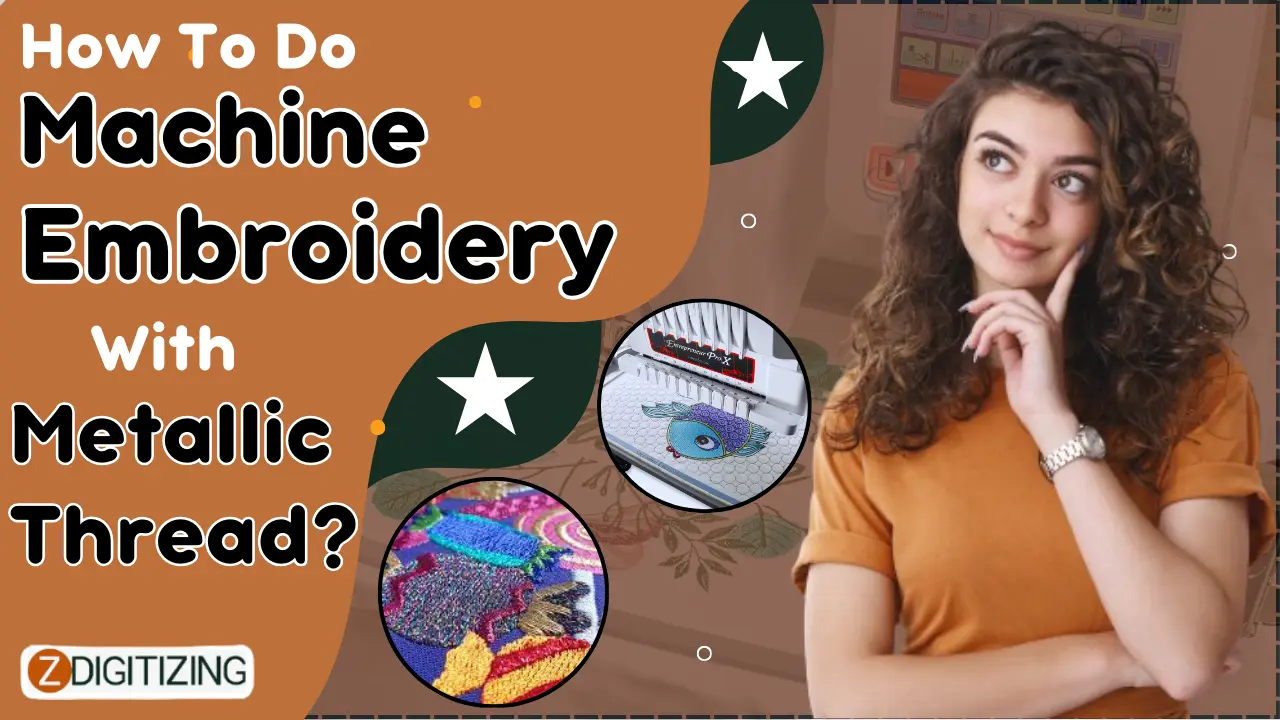Free motion machine embroidery is a versatile technique that allows you to create intricate designs with your sewing machine. Unlike traditional embroidery, which relies on programmed patterns, free motion embroidery gives you complete control over the stitching direction and speed. Whether you're a beginner or an experienced embroiderer, mastering free motion embroidery opens up a world of creative possibilities. In this guide, we'll explore the top tips for successful free motion machine embroidery, covering everything from materials and tools to techniques and troubleshooting.
Introduction to Free Motion Machine Embroidery
Free motion embroidery, also known as free motion quilting, involves using a sewing machine to stitch decorative designs onto fabric. Instead of following a predetermined pattern, the fabric is moved freely under the needle, allowing for endless creativity and customization. This technique is popular among quilters, fiber artists, and crafters alike.
Choosing the Right Materials and Tools
Before diving into free motion embroidery, gather the following materials and tools:
- Fabric: Choose a stable, medium-weight fabric such as cotton or linen, preferably with a tight weave to prevent puckering.
- Embroidery Threads: Opt for high-quality embroidery threads in various colors to add depth and dimension to your designs.
- Embroidery Hoop: Use an embroidery hoop to hold the fabric taut and smooth while stitching.
Preparing the Fabric
To ensure smooth stitching and professional results, prepare the fabric as follows:
- Stabilizing the Fabric: Use a lightweight stabilizer or interfacing to reinforce the fabric and prevent stretching or distortion.
- Hooping the Fabric: Place the fabric in an embroidery hoop, ensuring it's taut and wrinkle-free for optimal stitching.
Setting Up the Machine
Proper machine setup is crucial for successful free motion embroidery:
- Adjusting the Tension: Experiment with your machine's tension settings to achieve balanced stitches. A balanced tension ensures smooth stitching without thread breakage or looping.
- Selecting the Right Needle: Choose a sharp or embroidery needle suitable for your fabric and thread weight. A dull needle can cause snagging or uneven stitching.
Basic Techniques for Free Motion Embroidery
Mastering the following techniques will help you achieve precise and beautiful results:
- Starting and Stopping: Begin stitching with a few securing stitches to anchor the thread. To stop, backstitch or tie off the thread securely.
- Controlling Speed and Direction: Practice controlling the speed and direction of the fabric under the needle to create smooth curves and sharp corners.
Creating Designs
Get creative with your designs by following these steps:
- Sketching on Paper: Sketch out your design ideas on paper before transferring them to fabric. Start with simple shapes and gradually increase complexity as you gain confidence.
- Transferring Designs: Transfer your design onto the fabric using a water-soluble marker or tracing paper. Alternatively, use a lightbox or transfer pen for more intricate designs.
Practice Makes Perfect
Free motion embroidery requires practice and patience to master. Set aside time to experiment with different stitches, techniques, and designs. Start with small projects and gradually work your way up to larger pieces as your skills improve. Z Digitizing is absolutely fantastic at making embroidery digitizing service look super cool! They take drawings and transform them into digital patterns.
Troubleshooting Common Issues
Even experienced embroiderers encounter challenges. Here's how to troubleshoot common issues:
- Thread Breakage: Check the thread tension and needle size. Ensure the bobbin and top threads are properly threaded and free from knots or tangles.
- Tension Problems: Adjust the tension settings on your machine. If the stitches are too loose or tight, experiment with different tension adjustments until you achieve balanced stitches.
- Skipping Stitches: Inspect the needle for damage or dullness. Ensure the fabric is hooped securely and moving smoothly under the needle.
Finishing Touches
Once you've completed your embroidery, add the finishing touches:
- Removing Excess Stabilizer: Trim away any excess stabilizer from the back of the fabric using scissors or a rotary cutter.
- Pressing the Embroidery: Press the embroidered fabric with a steam iron on the wrong side to set the stitches and remove any wrinkles.
Conclusion
Free motion machine embroidery is a fun and rewarding technique that allows you to unleash your creativity and express your unique style. By following these top tips and practicing regularly, you'll soon master the art of free motion embroidery and create stunning projects to cherish.


No comments yet